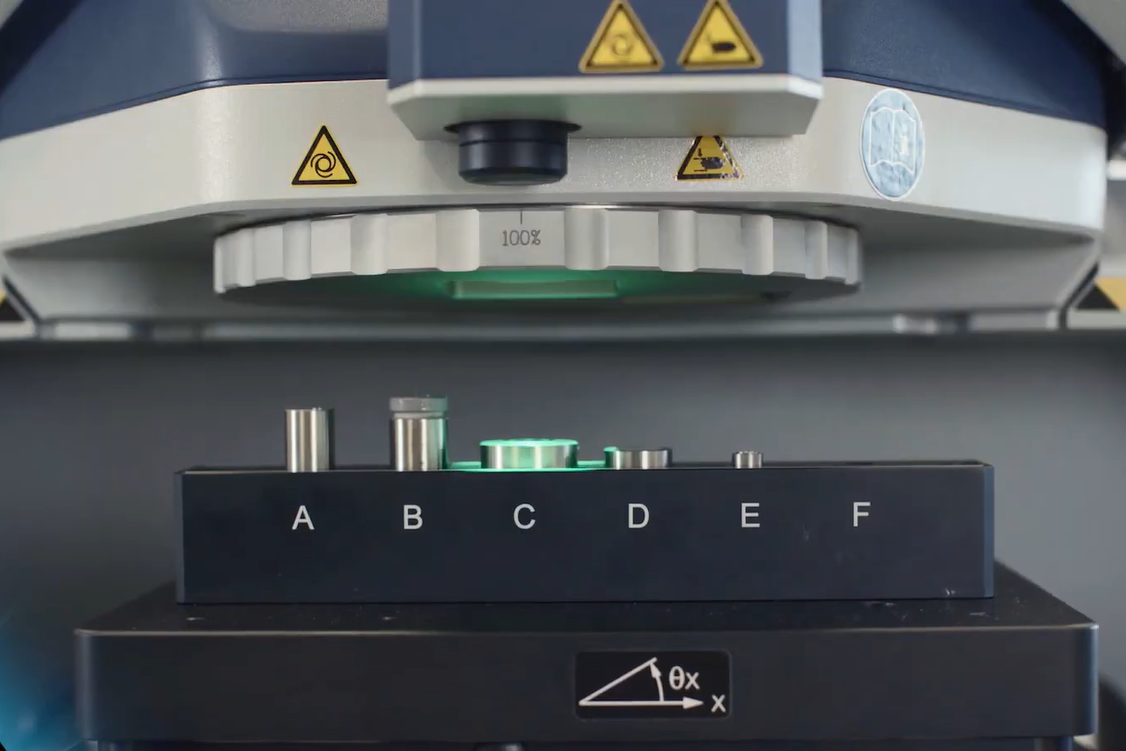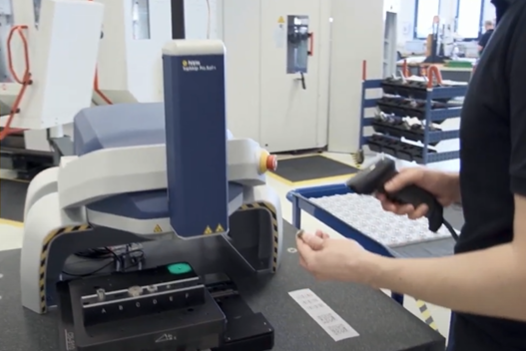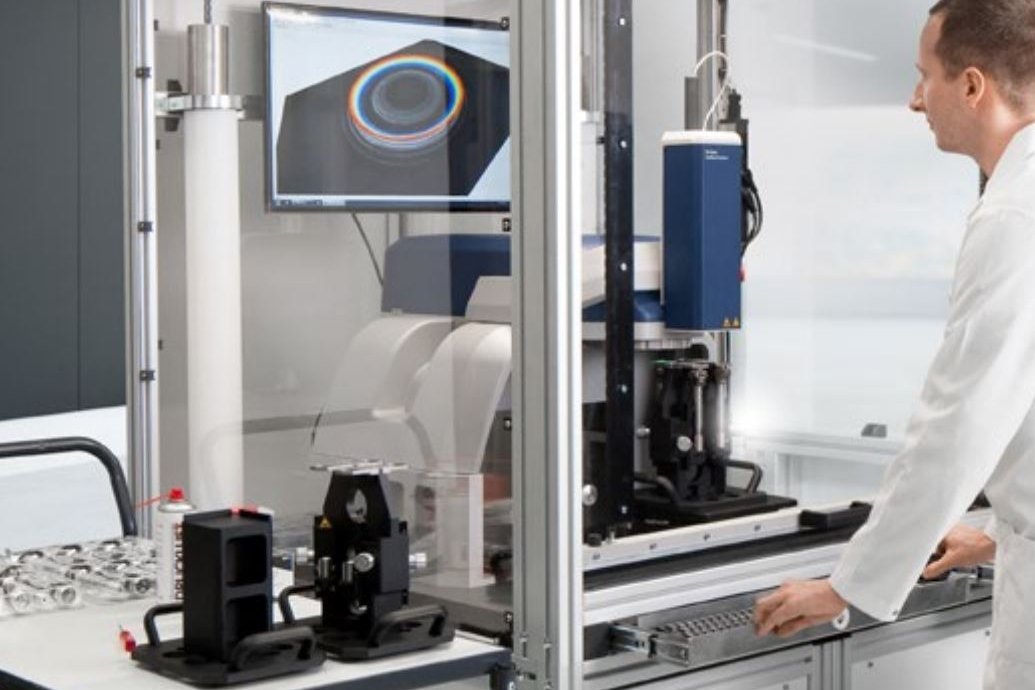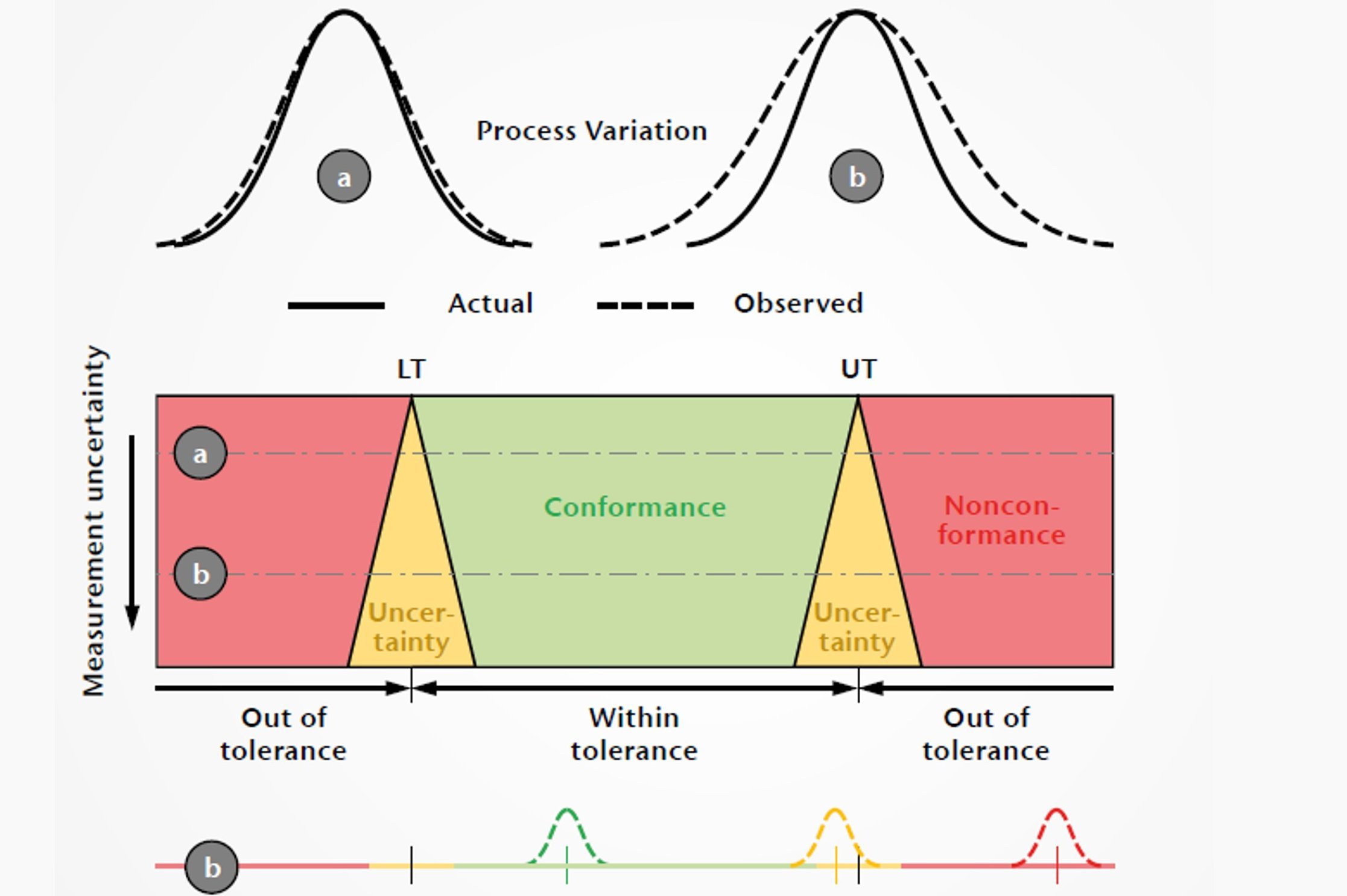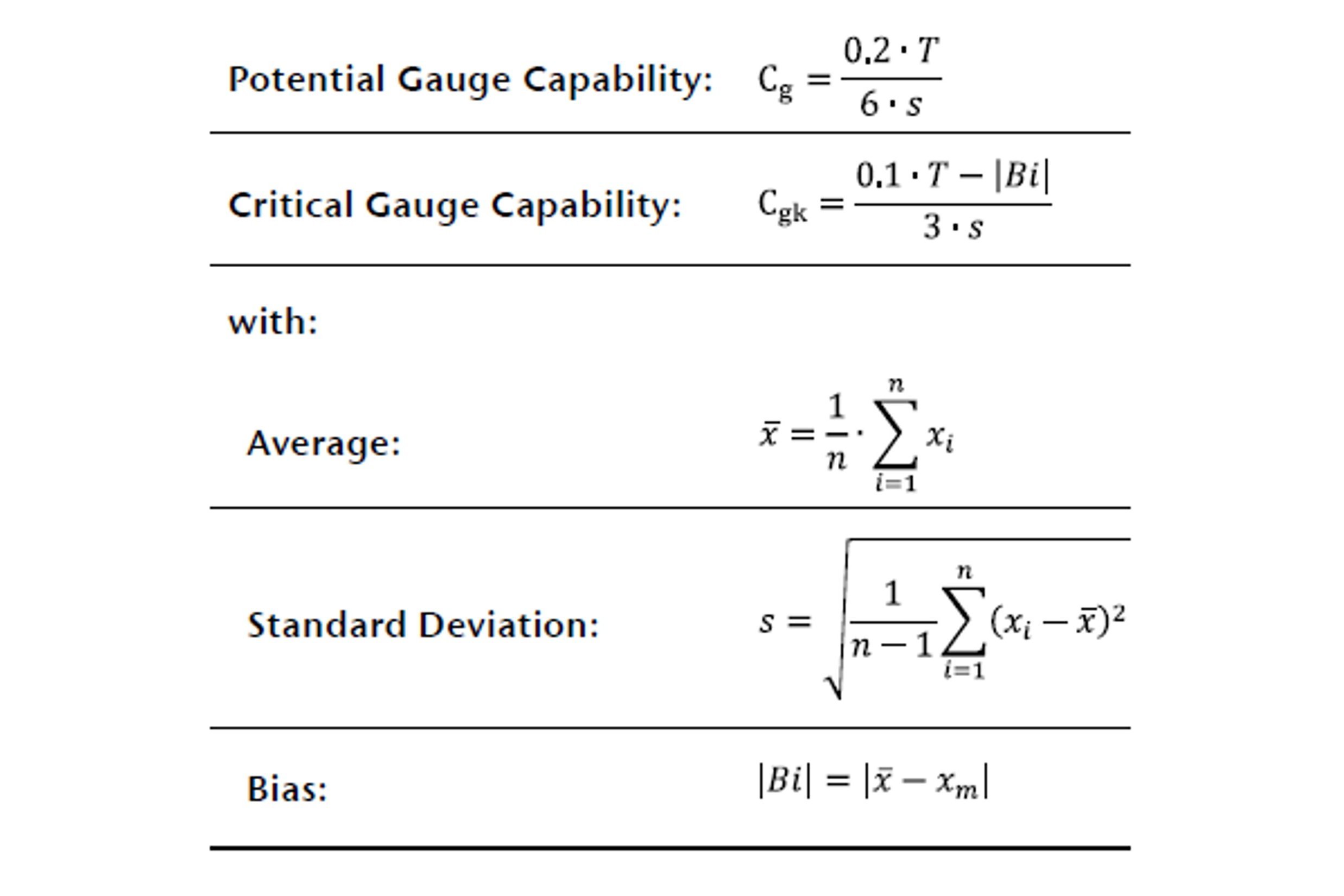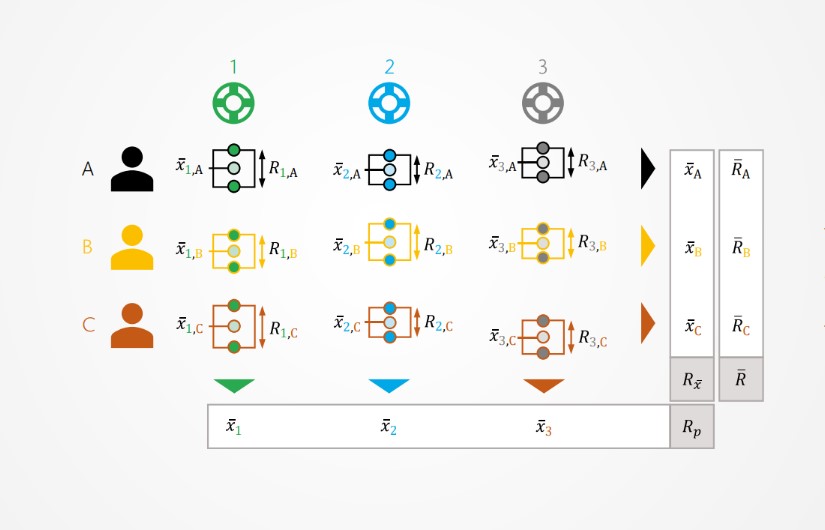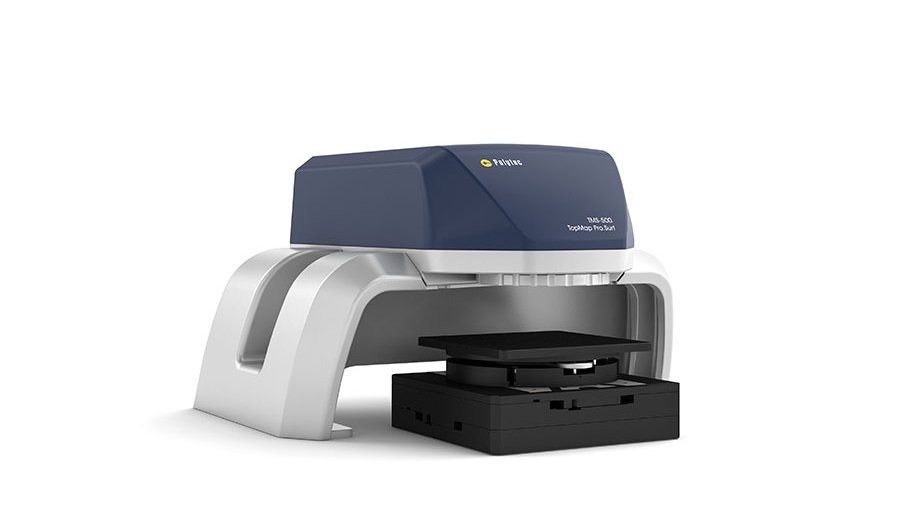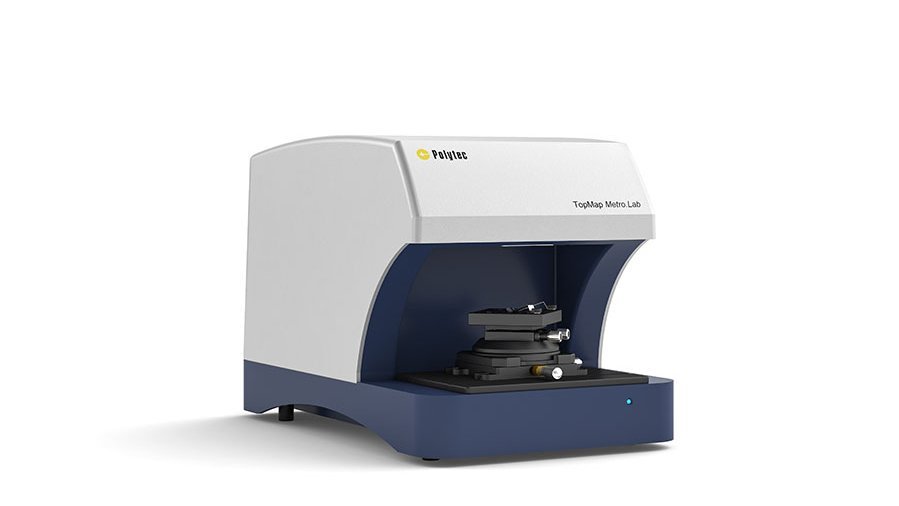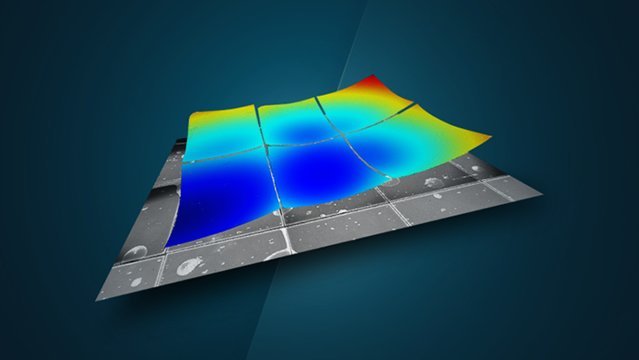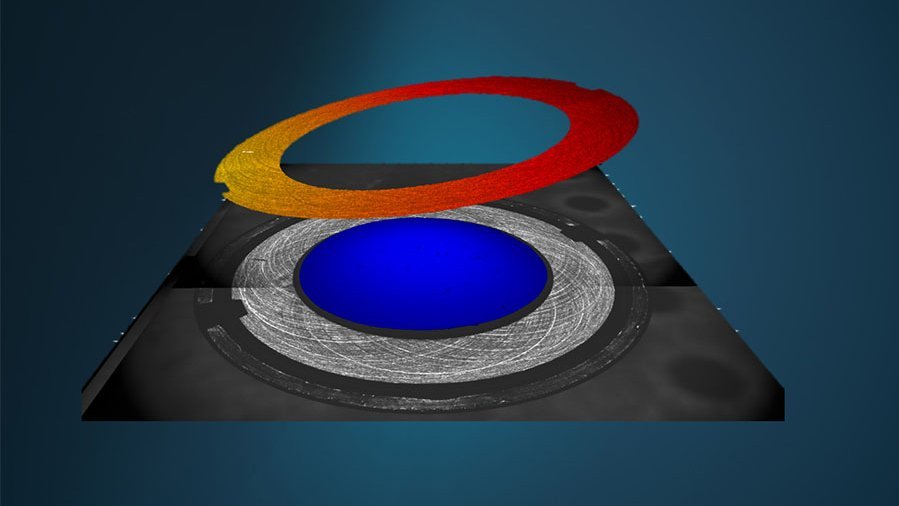Combined measurement of form +roughness
The TopMap Pro.Surf+ conveniently determines surface roughness and form deviation in a single measurement system – precise, reliable and cost-efficient. The additional roughness sensor and smart data acquisition take the high-end profilometer TopMap Pro.Surf to the next level forming an all-in-one instrument. The resulting Pro.Surf+ is ideal for measuring precision surfaces – in the metrology laboratory, close to production and even right in the production line thanks to a high level of repeatability.
outstanding single FoV
(extended 230 x 220 mm)
flexible, large Z range
high vertical resolution
warranty + lifetime software updates
Highlights
- Quick and precise 3D surface + roughness characterization
- Multi-sensor system to capture all surface and structural details
- Non-contact measurement and traceable results
- SST Smart Scanning Technology + filter wheel master any surfaces, materials and reflectivities
- Capture large or multiple samples in one shot with exceptionally large workspace XYZ 230 x 220 x 70 mm
- Telecentric lens measures even deep and recessed areas
- Automatic sample recognition avoid mechanical fixture
- Free 4 year warranty and lifetime Software updates

